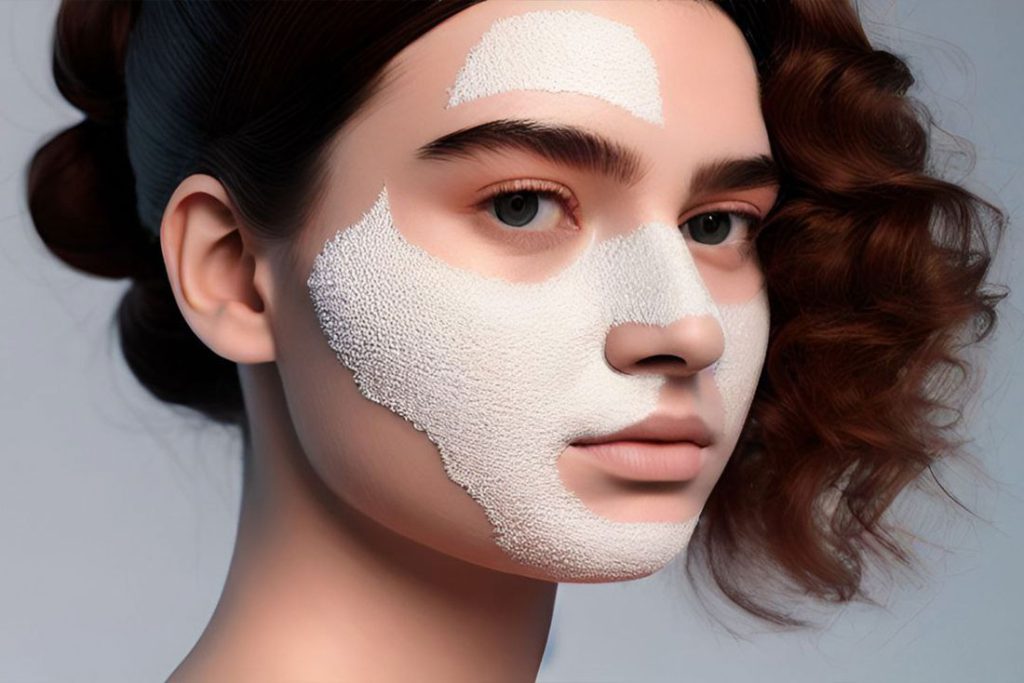Vitiligo in Cosmetology: A Comprehensive Guide
As a cosmetologist, you are often the first line of defense in identifying skin conditions in your clients. Vitiligo, a condition that results in hypopigmented spots or patches on the skin, is one such disorder that you might encounter in your practice. This article offers an in-depth look at vitiligo, its causes, and its implications for cosmetologists.

Vitiligo
Understanding Vitiligo
Vitiligo is a skin condition resulting in the loss of melanocytes, the cells responsible for producing melanin, the pigment that gives our skin its color. As a result, people with vitiligo develop patches of skin that are lighter than their normal skin tone. These patches often appear milky white and can occur on any part of the body.
While the exact cause of vitiligo remains unknown, recent research points towards an autoimmune origin. This means that the individual’s immune system mistakenly attacks and destroys the melanocytes in the skin. There is also evidence suggesting that vitiligo can be hereditary, implying that it can run in families.
One of the key concerns with vitiligo is the increased sensitivity of the affected areas to sunlight. This is because melanin, apart from providing color to our skin, also protects it from the harmful ultraviolet (UV) rays of the sun. With a lack of melanin in the vitiligo-affected areas, the skin becomes more susceptible to sunburn and other forms of sun damage.
The Cosmetologist’s Role in Managing Vitiligo
As a cosmetologist, you play a vital role in helping your clients manage and live with their vitiligo. Here are some of the key aspects to consider:
Sun Protection:
Due to the heightened sensitivity to sun exposure, clients with vitiligo should be advised to use broad-spectrum sunscreens, which block both UVA and UVB rays. Additionally, they should be counseled on the importance of wearing sun-protective clothing and seeking shade whenever possible.
Skin Care:
The use of gentle, hypoallergenic skincare products is recommended to avoid any potential irritation that could exacerbate the condition. Moisturizers can help to keep the skin hydrated, and cosmetologists should guide their clients in choosing the right products for their skin type and condition.
Makeup:
As vitiligo can affect individuals’ self-esteem, makeup can be a powerful tool to help them feel more confident in their appearance. Cosmetologists should be skilled in makeup techniques that can effectively camouflage the hypopigmented patches and provide a more uniform skin tone.
Referrals and Education:
While cosmetologists are an invaluable resource for managing the aesthetic aspects of vitiligo, they should also recognize their limits. Clients showing signs of vitiligo should be referred to a dermatologist for diagnosis and potential treatment. Furthermore, it’s important to educate clients about the nature of vitiligo, dispel any myths, and provide reassurance that vitiligo is not contagious.
Conclusion
Working with clients who have vitiligo presents unique challenges for cosmetologists, but also offers opportunities to provide meaningful care and support. By understanding vitiligo, offering effective skincare and makeup advice, and guiding clients towards medical consultation when necessary, cosmetologists can make a significant difference in the lives of those living with this condition.






